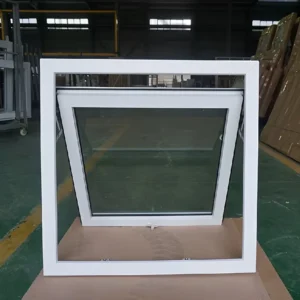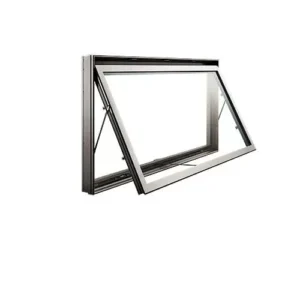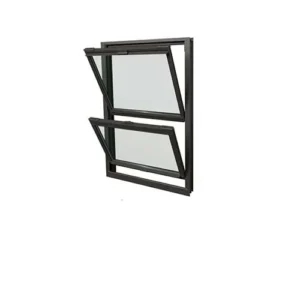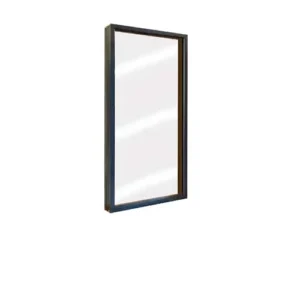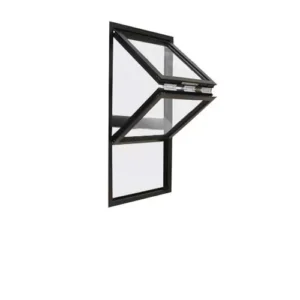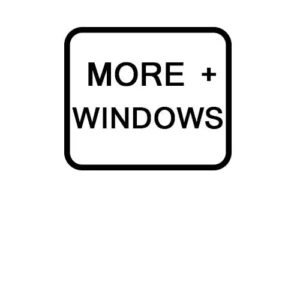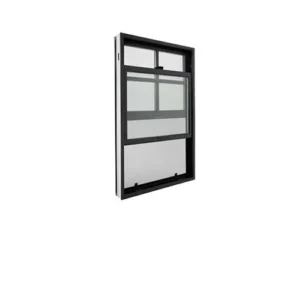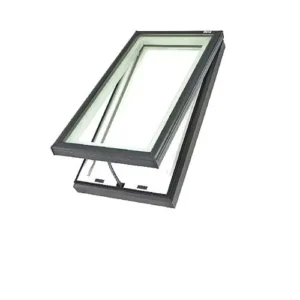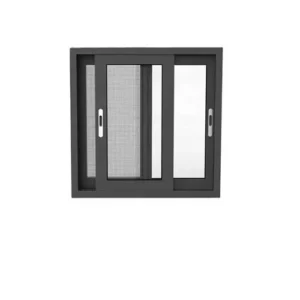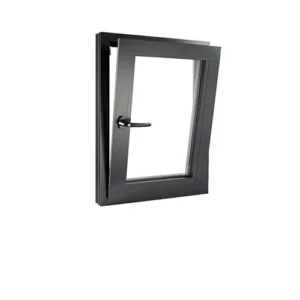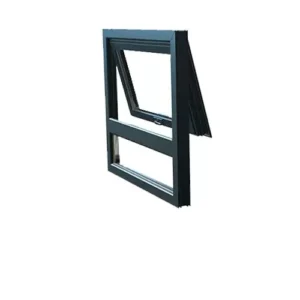ABOUT Awning Window FAQ
Unlock via the handle or crank at the sill. The sash pivots on top hinges, swinging outward to rest at a desired angle, held by friction stays or support arms.
- Bathrooms/kitchens (privacy + ventilation).
- Clerestory/high-level openings for natural light and airflow.
- Basements (limited wall space).
- Commercial façades requiring weatherproof ventilation.
Yes! The awning canopy prevents water ingress, allowing the window to stay open during light rain—ideal for humid climates.
Standard models use 3- or 4-point locking systems. Add anti-lift blocks or restrictors for enhanced security and child safety.
- Double/triple glazing for insulation.
- Acoustic glass for noise reduction.
- Low-E or solar-control coatings to block UV rays and heat gain.
With thermal breaks and multi-point locks, double-glazed awning windows achieve U-values ~1.1 W/m²K, outperforming sliders and matching casements.
- Lubricate hinges and cranks annually with light machine oil.
- Clean frames, sills, and seals with mild detergent; replace worn weather-strips.
- uPVC: Up to ~4 ft × 4 ft (48″×48″).
- Aluminum: Up to ~6 ft × 4 ft (72″×48″) with reinforced hardware.
Yes! Retractable or fixed screens mount inside/outside the frame, compatible with high installations.
Awning windows pivot at the top for rain-protected airflow, while casements hinge sideways for larger openings but lack built-in rain shields.



